Review of the Day: Eye of the Storm by Kate Messner
 Eye of the Storm
Eye of the Storm
By Kate Messner
Walker (a division of Bloomsbury)
$16.99
ISBN: 978-0-8027-2313-0
Ages 9-14
On shelves now
Pity the science geeks, the math geeks, and other kids that love a ripping yarn with a grounding in something other than fantasy. When I troll the shelves of the children’s room in my local library it’s just a sea of realistic non-sciencey fiction or tales too outlandish to play with any real world concepts in a satisfying way. The designation “science fiction” often just means that the book is set in the future or contains aliens. There’s not going to be a ton of real science involved. Enter, of all authors, Kate Messner. Best known up until this point for her picture books, and chapter titles featuring plucky young women who go against the grain (Marty McGuire, The Brilliant Fall of Gianna Z, Sugar & Ice, etc.) Messner tries something a little different with a true dystopian tale. There’s still the requisite plucky young girl in place, but her tale really hinges on the true-to-life science found in Eye of the Storm’s core. For all those kids that found the tornado at the beginning of MGM’s The Wizard of Oz super freaky, prepare for some serious turbine terror.
The cool thing about having a mom who’s a scientist is that she gets to do projects deep into the jungles. The bad thing is that when she does this you could wind up stuck with a father you doesn’t eve know. Years ago Jaden’s parents split up and ever since then she’s lived with her mom while her dad followed his weather research. It’s the near future and due to global warming the weather has gone mildly insane. Tornadoes spring up with frightening regularity in middle America and Jaden has learned to fear them. That’s why when her dad takes her to a community named Placid Meadows she has a hard time believing that the place is impervious to storms. Yet somehow that seems to be the case and Jaden is convinced that the technology behind it could be used to dissipate all tornadoes. What she doesn’t expect is to find that her father is a man clearly different from the one who left her behind all those years ago. This one seems driven to an almost fanatical point and whatever it is he’s planning, Jaden is becoming convinced it isn’t for the greater good.
ADVERTISEMENT
ADVERTISEMENT
Authors who write books set in the future are in a bind. On the one hand, if you want a danger like an ecological meltdown to feel immediate then setting your book in the near (rather than distant) future is the way to go. On the other hand, if you write a book and it contains words along the lines of “In the year 2025” your novel is going to be anything but timeless when old 2025 rolls around. Maybe the only real solution is to do away with a distinct year altogether. In Eye of the Storm we don’t open the book to a particular year. Instead we get little clues that hint at the year. The poet Rita Dove is thought by Jaden to be “in her nineties now”. Jaden’s grandfather apparently enlisted in the military after 9/11. So even if this book sticks around for a hundred years, the time period won’t age all that badly.
Now the science in this book is intense. In the course of this novel Jaden joins a kind of summer camp university where kids can test out their theories on storm dissipation in cool and costly labs. Messner clearly did her research (her Acknowledgements even act as a partial Bibliography, which is nice) since the kids in her book know their chops. I admit that I did zone out once or twice when the technical aspects of tornado formation were bandied about, or the logic behind the kids’ experiments escaped me. These passages may prove fascinating to a certain breed of Weather Channel watcher, but happily those who wish to skim them will be none the worse for the wear as a result. I also liked the incorporation of poetry with science too. It seems strange to say that you would have to sell kids on the notion of literature and science coming together when they’re already reading this book, but a little additional positive reinforcement couldn’t hurt any.
For the most part I was on board with the story from start to finish. There was a high stakes moment near the end when I thought it mighty strange that Jaden didn’t call her father (she knew he had the power to change the problem she was facing) but other than that the book reads well. Basically what we’ve got here is a weather mystery. Such a genre does not technically exist (YET!) but as our own environment succumbs to our wasteful whims we could be seeing more books along Messner’s lines being produced in the future for the 9-14 set. Seems to me that sometimes we should separate our fiction into science fiction and science-science fiction. Eye of the Storm is certainly in the latter category and will prove to be interesting to both science lovers and those readers who just like a whole lot of destructive tornadoes bashing about wrecking havoc. Exciting and informative by terms, this is one little hard-to-categorize novel that slips easily into the “great read” slot. Future meteorologists rejoice!
On shelves now.
Source: Final copy sent from publisher for review.
Like This? Then Try:
- The Unknowns by Benedict Carey
- The Secret Science Alliance by Eleanor Davies
- The Boy at the End of the World by Greg Van Eekhout
- Great Kid Books
- Teach Mentor Texts
- Mrs. ReaderPants
- Children’s Literature Crossroads
- Heise Reads & Recommends
- Steph Su Reads
- Mundie Kids Childen’s Book Review Blog
- sharpread
Interviews: SCBWI: The Blog
Misc:
- See what Kate had to say about dystopian novels at TED2012.
- Check out the story behind the cover.
- You can find the teaching guide for the novel online here.
- And I loved this great booktalk.
Video:
Finally, here’s a mildly shaky and awesome video of Kate discussing this book.
http://www.youtube.com/watch?v=Gs1y0NlGGQs&feature=embed
Filed under: Reviews
About Betsy Bird
Betsy Bird is currently the Collection Development Manager of the Evanston Public Library system and a former Materials Specialist for New York Public Library. She has served on Newbery, written for Horn Book, and has done other lovely little things that she'd love to tell you about but that she's sure you'd find more interesting to hear of in person. Her opinions are her own and do not reflect those of EPL, SLJ, or any of the other acronyms you might be able to name. Follow her on Twitter: @fuseeight.
ADVERTISEMENT
ADVERTISEMENT
SLJ Blog Network
One Star Review, Guess Who? (#211)
Kevin McCloskey on ‘Lefty’ | Review and Drawn Response
Notable NON-Newbery Winners: Waiting for Gold?
The Seven Bills That Will Safeguard the Future of School Librarianship
Take Five: Newbery Picks, Part Two
Gayle Forman Visits The Yarn!
ADVERTISEMENT



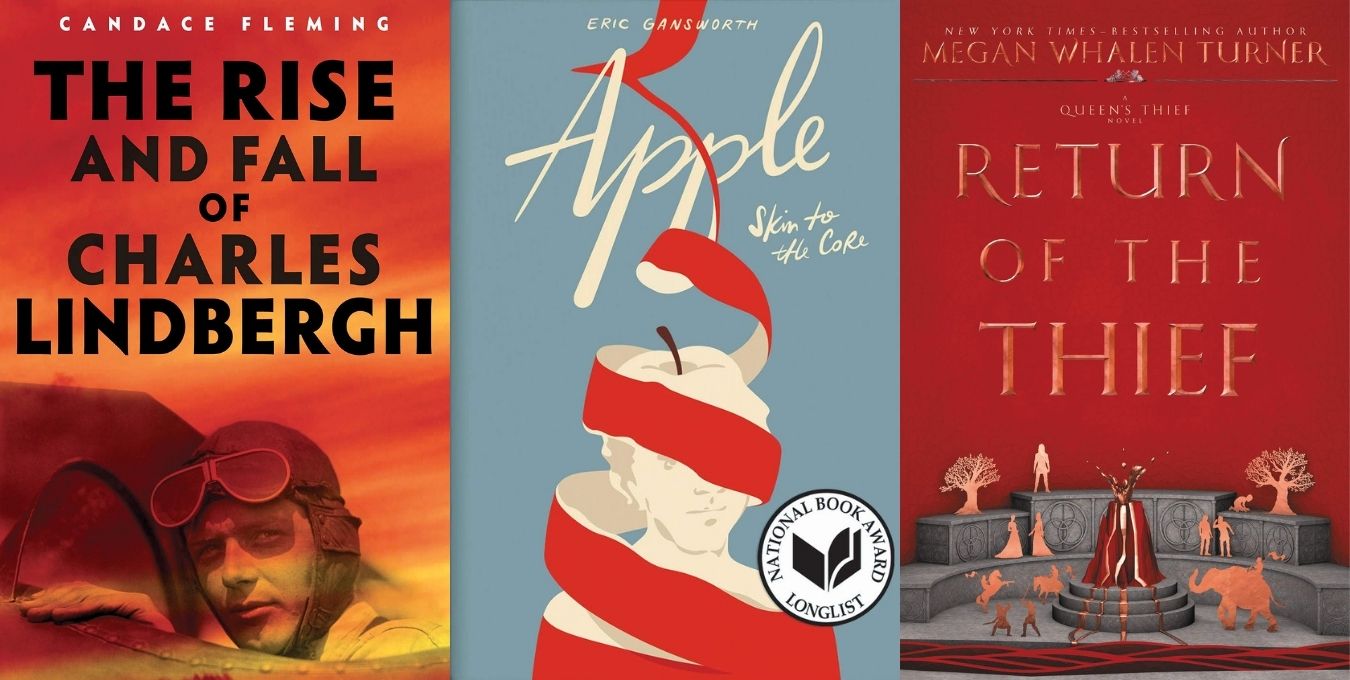
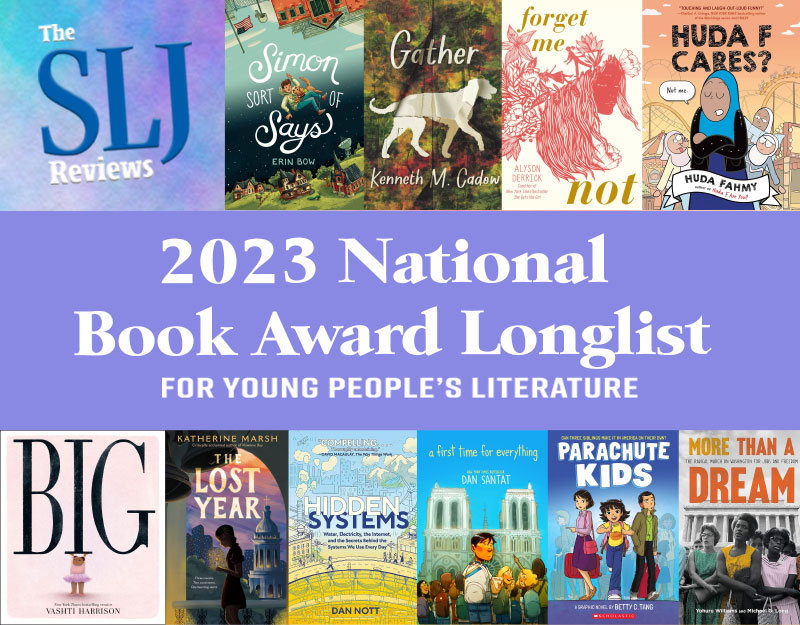
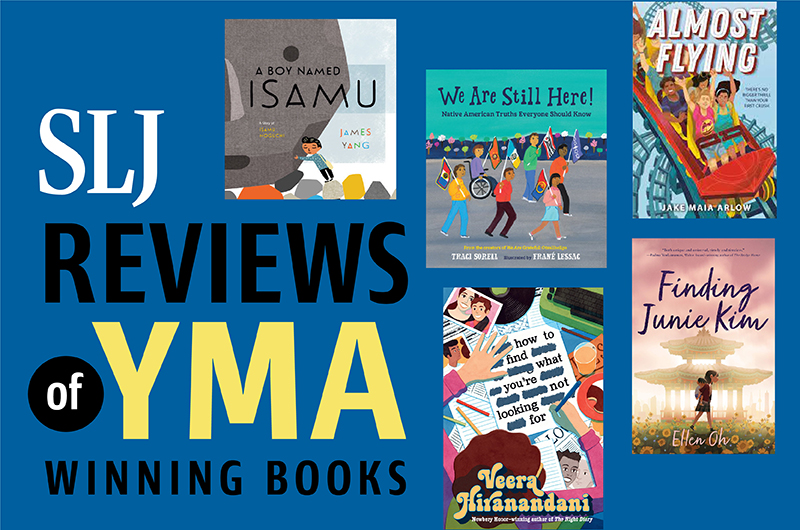
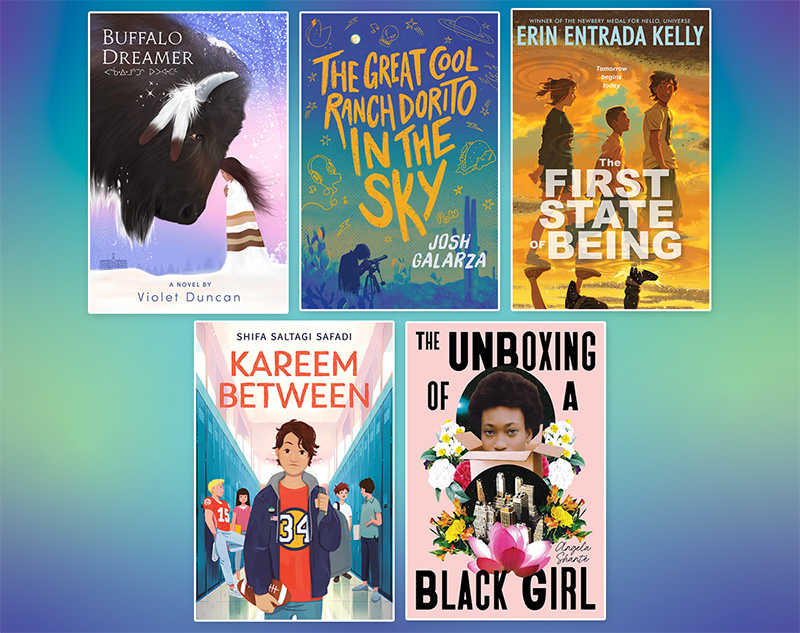
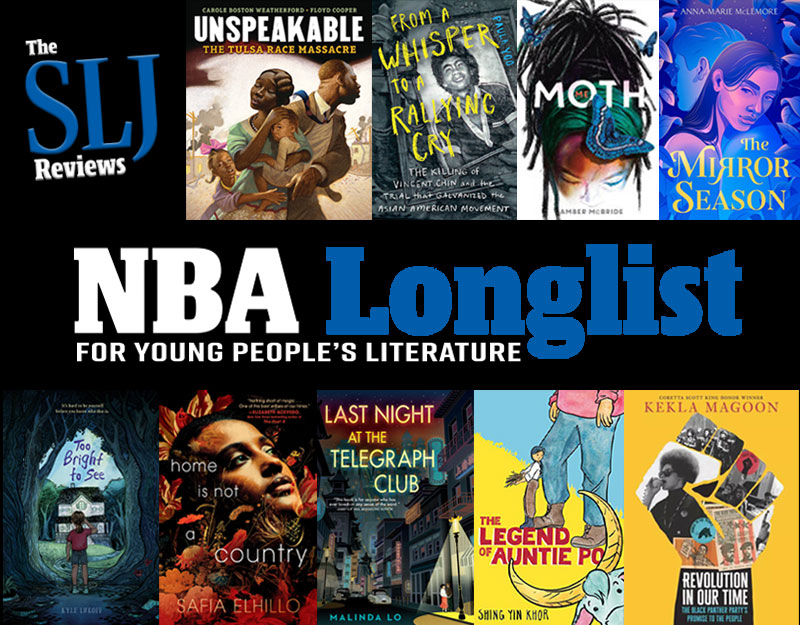
“Seems to me that sometimes we should separate our fiction into science fiction and science-science fiction.”
Interesting concept. Bit like trying to subdivide fantasy into high and low fantasy. Children tend towards low because that’s what’s written for them.
Wiki defines low fantasy as, “nonrational happenings that are without causality or rationality because they occur in the rational world where such things are not supposed to occur.”
And then there’s science fantasy–science fiction, the improbable made possible; fantasy, the impossible made probable.
For many users of the term, however, “science fantasy” is either a science fiction story that has drifted far enough from reality to “feel” like a fantasy, or a fantasy story that is attempting to be science fiction. But really it’s just a matter of convention.
So for your science science fiction, we need to apply a kind of plausibility rule maybe. Hey, I’m from the Uk where the weather changes every three hours so I know anything is possible. Suspension of belief is a no brainer for me. Over here we realised long ago that weather men make the best novelists anyway; they are quite used to making things up as they go along.
Ouch.
RA Jones